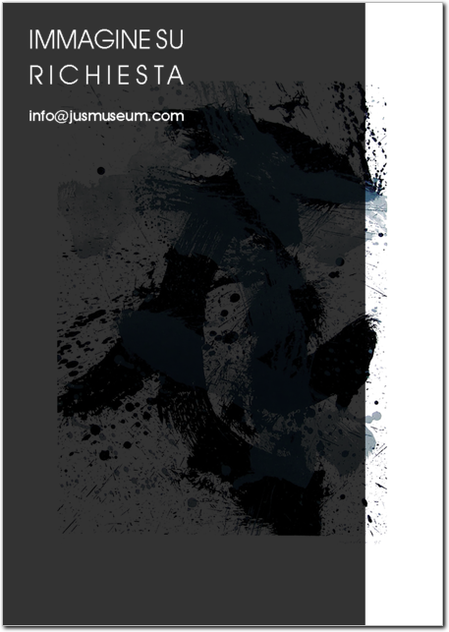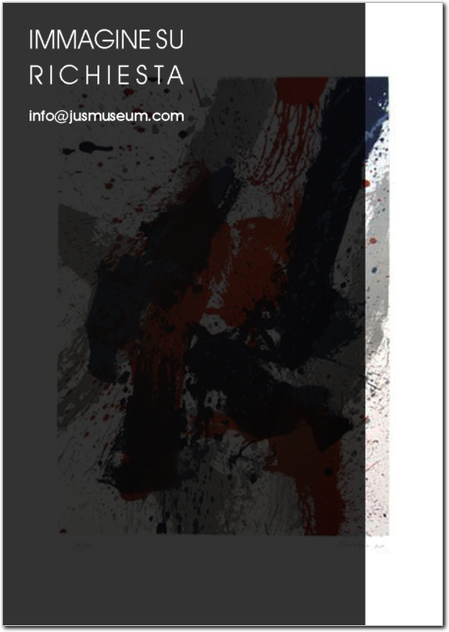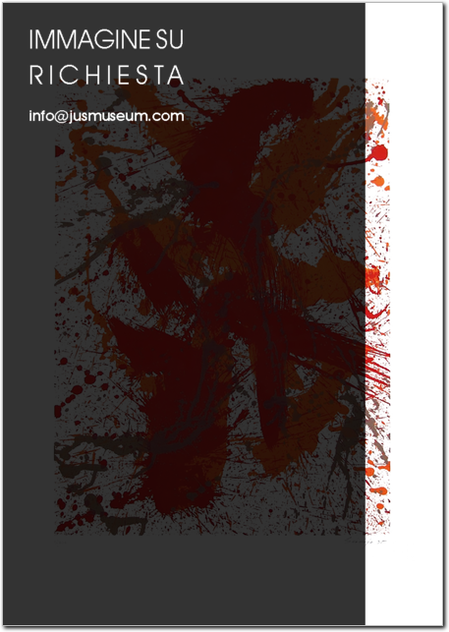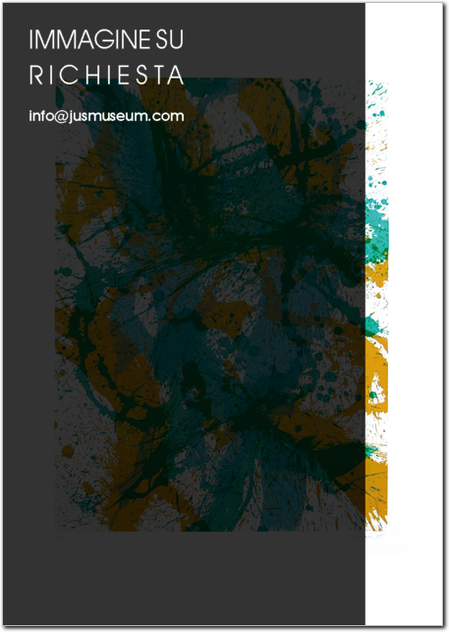TOTI SCIALOJA
Toti Scialoja was born in Rome in 1914 into a family from Procida, made up of university professors and jurists who also founded and owned the journal Foro italiano. In the late 1930s, he became part of the artistic and literary circle of the Galleria La Cometa. After abandoning his law studies, he dedicated himself fully to painting in 1937, creating his first expressionist works, marked by a distinctive material color, influenced by French painting, especially Chaim Soutine. In 1939, he exhibited at the III Quadriennale in Rome, and in 1941, he held a solo show at the Società Amici dell'Arte in Turin. The following year, he participated in a group exhibition at Galleria Lo Zodiaco in Rome with Emilio Vedova, Giulio Turcato, and Leoncillo Leonardi. Scialoja was actively involved in the Resistance and also worked in theater, designing his first stage sets in 1943. After the war, he co-founded the group "I quattro fuori strada" with Stradone, Ciarrocchi, and Sadun. In the late 1940s, he moved to Paris, where he immersed himself in European artistic culture, which deeply influenced his later tonal and neo-Cubist work. In the 1950s, he moved away from expressionism, transitioning towards Analytical Cubism and eventually abstraction. His engagement with the Origine group, which rejected the decorative aspects of abstract art, and a 1956 trip to the United States, where he encountered the leaders of Abstract Expressionism, propelled him to explore color, texture, and gesture in more depth. In 1957, he created his first Impronte (Imprints), transferring traces of color from one surface to another, from paper to canvas. Throughout his career, Scialoja participated in numerous significant exhibitions both in Italy and abroad. In 1960, he moved to New York and later, from 1961 to 1963, to Paris. He returned to Italy and took part in the 1964 Venice Biennale. The 1970s saw a period of reduced artistic output, which picked up again in 1983. Aside from being a painter, Scialoja was also a poet, writer, set designer, and a long-time professor at the Accademia di Belle Arti in Rome, where he served as director. His theater work, collaborating with avant-garde writers, musicians, directors, and choreographers such as V. Pandolfi, A. Miloss, and R. Vlad, was an essential part of his artistic practice. His notable theater works include L’opera dello straccione by J. Gay (1943, banned by fascist authorities), the ballets Marsia by L. Dallapiccola (1948) and Il principe di legno by B. Bartók (1950), Traumdeutung by E. Sanguineti (1964), and Il Ratto di Proserpina by Rosso di San Secondo (1986). In addition to his poetic prose (I segni della corda, 1952), his poetic talents were showcased in numerous collections of verses, often filled with humor, wordplay, and nonsense (Amato topino caro, 1971; Scarse serpi, 1983; Le sillabe della Sibilla, 1988; I violini del diluvio, 1991, and others). Toti Scialoja passed away in Rome on March 1, 1998.

GEOGRAFIA, 1995
lithography
cm. 76x56
100 es.

SENZA TITOLO, 1995
lithography
cm. 76x56
100 es.

AMORE, 1995
lithography
cm. 76x56
100 es.

TOBIOLO, 1995
lithography
cm. 76x56
100 es.

